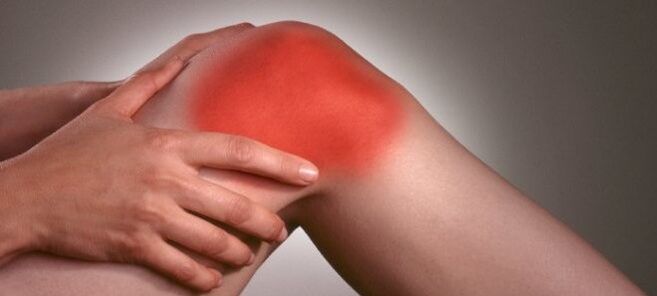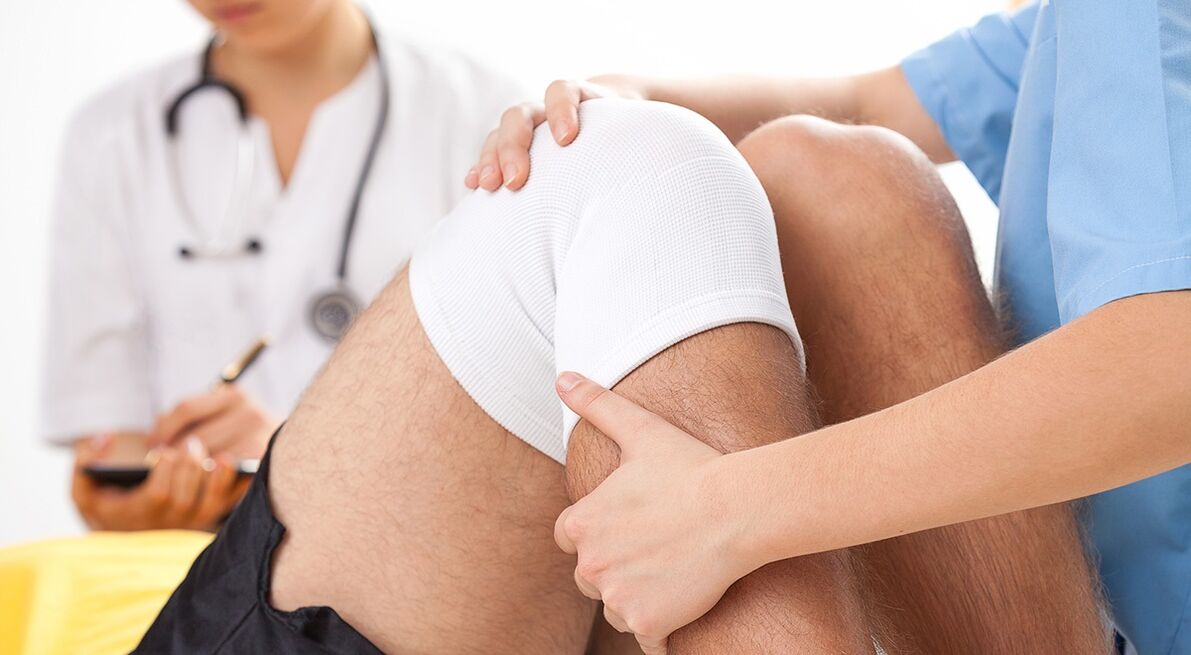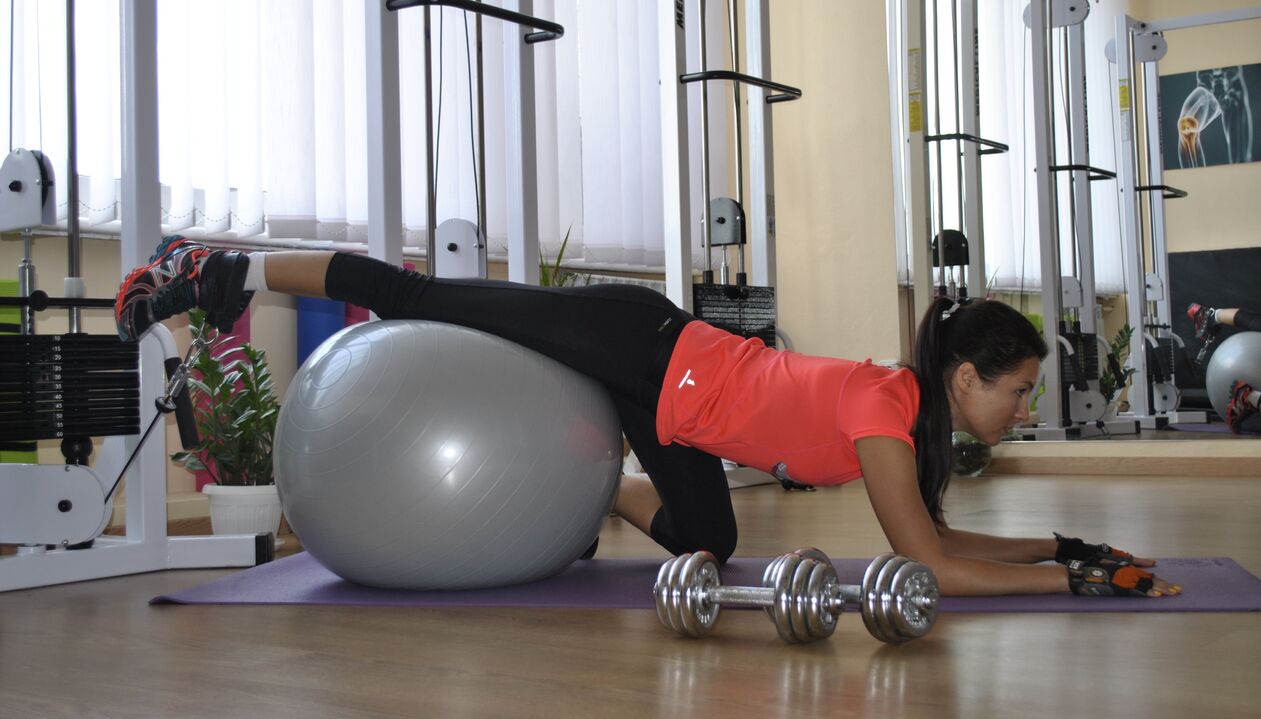
There are diseases that progress over time. It is impossible to completely cure them and return to the starting point, but it is quite possible to diagnose and stop them in time. Previously, it was possible to counteract the symptoms of osteoarthritis of the knee joint in the elderly, but now the disease is becoming "younger" and is often the cause of disability. So what are the signs you need to pay attention to in time before starting treatment?
The essence of what is happening
Before starting treatment or determining the specific signs of the disease, you need to understand what is happening in the joint.
The articular surfaces of human bones are covered with cartilage. In some joints, like the knee, there are menisci - layers of cartilage that act as shock absorbers. The synovial fluid produced by the capsule acts as a lubricant.
Polyarthrosis is a condition that affects all or most of the joints in the body. The disease develops as a result of destruction of the articular cartilage and exposure of the bone.
If the knee joint is affected, there are also changes in the production of synovial fluid. Some or all of the cartilage is lost and over time the joint wears out. When this is observed in most joints, the diagnosis is made: polyarthrosis.
The body tries to cope with such an injury and limit pain. As the disease progresses, the joint deforms, the bones begin to grow due to the spines (osteophytes). They can often be felt during probing in advanced situations when polyarthrosis has developed. The surface of the bones is uneven and they don't fit together. The result is restricted mobility.
From the above symptoms it is clear that these are not salts that everyone so often thinks of when they think of knee pain.
When to sound the alarm
The first thing that manifests itself with arthrosis of the knee joint or polyarthrosis is pain, which can appear after prolonged physical exertion or simply constantly bother. Its nature is different, often the pain intensifies in the evening or at night, preventing sleep and leading to disruption of normal life. Already at this stage it is worth visiting your doctor, because the simplest diagnosis - an X-ray - can reveal an injury, and in some cases polyarthritis. The image shows narrowing of the joint space, indicating thinning of the cartilage.
symptoms
There are three degrees of osteoarthritis, each with its own specific signs. With their help, you can also suspect polyarthritis, which requires special treatment.
At the first stage, the pain is not strong, and it seems to many that it will soon pass. There are also complaints and a slight, periodically occurring swelling. This requires minor treatment, which will be discussed below. In addition, laser therapy and other physiotherapy are indicated.
In the second degree, the symptoms become more complex, a crunch is added to all this, and mobility is impaired. There may be slight bleeding.
Laser therapy and medical recommendations for taking medication can help here. If this does not happen, then the pain will become persistent and it will be time to think about the third degree.
In the third stage, the integrity of the cartilage is completely destroyed. The pain is constant and there is no question of a normal gait. Climbing stairs becomes a real problem, the joints are swollen. When moving, there is a pronounced crunch, the joint is deformed, pain is felt on palpation.
Polyarthrosis is also manifested by reddening of the skin, which is hot to the touch. Bleeding occurs on the skin as a result of ruptured blood vessels or a network of veins. If this blemish bothers you, then it really is possible to get rid of it with a laser.
In the final stages, the person becomes unstable due to muscle and ligament weakness. Walking is only possible with stick support, and then only for short distances. Everything ends with a deformation of the knee, which even a laser cannot correct. Changes cannot be undone, a person will be disabled. In this case, the joints are unfolded towards each other or in opposite directions.
Medical diagnostics can reveal a slight change in shape, and in the case of significant ones, additional diagnostics are required. Usually, the doctor prescribes an X-ray, which shows changes in the joints. More subtle diagnostics are carried out using CT, MRI, in addition, an ultrasound of the knee joint is used.
treatment
The treatment of this disease fascinates many, and only a doctor can figure it out. The arsenal of drugs is very large, it is impossible to use them uncontrollably.
If medication is not taken properly, osteoarthritis can also lead to gastric ulcers. But it is almost impossible to restore damaged cartilage.
First, the doctor prescribes nonsteroidal anti-inflammatory drugs to the patient, which, along with inflammation, relieve pain. But the treatment does not end here. Exercises, physical therapy are widely used. Special therapeutic exercises are selected only by a doctor, then the maximum therapeutic effect will turn out. About everything in detail.

use of drugs
The main treatment consists of nonsteroidal anti-inflammatory drugs. In addition, active ingredients are used that improve the nutrition of the cartilage and promote its gradual regeneration. The best tested in this regard are drugs based on glucosamine and chondroitin. Special creams and ointments that act locally allow the treatment to be fixed.
It is worth noting that the drugs relieve pain and reduce inflammation, but using them constantly is very dangerous. Long treatment negatively affects the condition of the gastric mucosa, liver and heart. Recently they have started to produce drugs with minimal negative effects. According to some manufacturers, they can be used for several months.
gymnastics and physiotherapy
Complementary therapies can improve blood circulation and thus the nutrition of the joints. Specific exercises can strengthen ligaments and muscles. That's just the effect of gymnastics in the initial stages, when the joint hasn't changed much. The selection of exercises is strictly individual, depending on the severity of the course of the disease and the physical capabilities of the patient.

Also, exercises are complemented by physiotherapy, of which there are a large number. Magnetic therapy, laser therapy, diodynamics, UHF, electrophoresis with novocaine, ultrasound and much more are used.
injections into the joint
In the last stages, when physiotherapy or lasers no longer help, they resort to injections into the joint cavity to relieve pain. Preparations based on hyaluronic acid are introduced, which increase the restorative properties of cartilage. The introduction of hormonal drugs is often practiced, but this is not safe, since over time the duration of the therapeutic effect is reduced, and the cartilage simply becomes unusable.
endoprosthetics
Joint replacement is the last resort when your own joint can no longer be saved and is no longer functional. This operation is called endoprosthetics and allows you to almost completely restore the lost function and eliminate pain. In fact, it is possible to replace the entire joint (total arthroplasty) or its most altered part. Currently, the level of surgical technology of the manufactured implants is so perfect that it is possible to achieve successful results and introduce this method of treatment everywhere.
It is not difficult to diagnose polyarthrosis of the knee, especially if you pay attention to the characteristic symptoms. A visit to the doctor allows you to refute or confirm the diagnosis. There are many treatment options, as well as the choice of drugs that allow you to quickly get rid of the pain. But it's not worth taking your knees to for a joint replacement because your native joint is much better than an artificial one, no matter how high quality it may be.




















